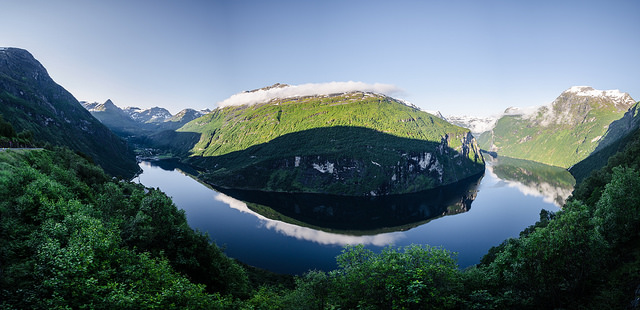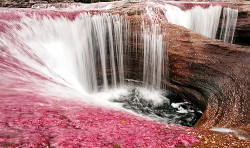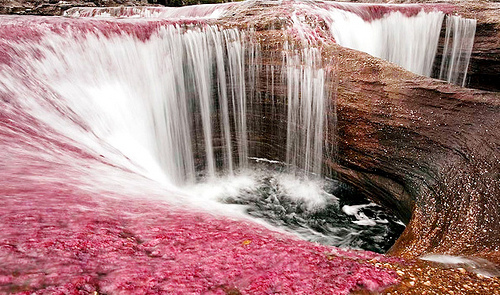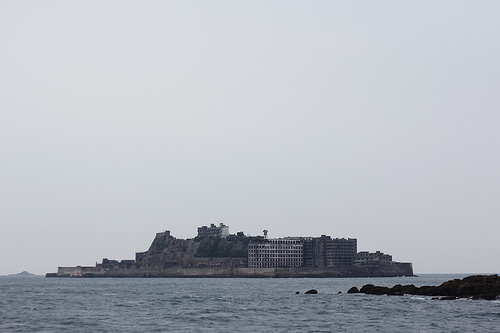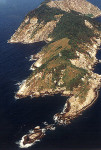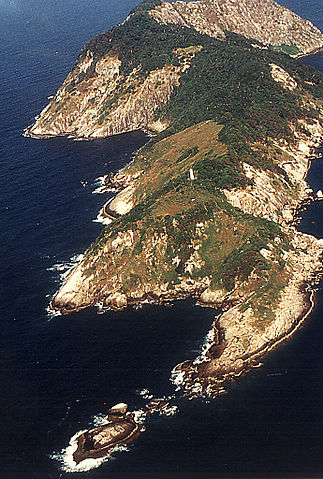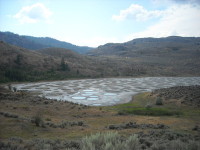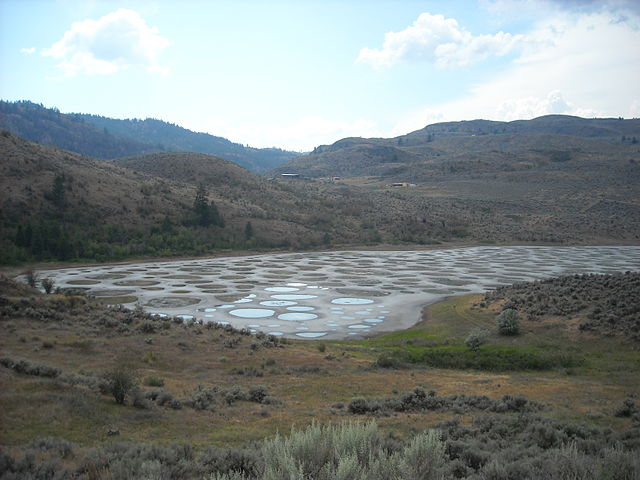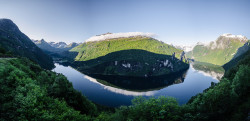
Geiranger Fjord may be twisty, but the sightseeing is still superb.
- Geiranger Fjord is a fjord, or sea inlet surrounded by cliffs, located in the county of Møre og Romsdal in Norway, Europe, that was created by a glacier.
- ‘Geiranger Fjord’ is also known as ‘Geirangerfjord’, and is called ‘Geirangerfjorden’ in Norwegian.
- In 2005, the UNESCO World Heritage Convention listed Geiranger Fjord as a World Heritage Site, along with Nærøyfjord, as part of the West Norwegian Fjords listing.
- Geiranger Fjord is part of the western sector of Norway’s Storfjorden, which features some of the largest and longest fjords on earth.
- The Geiranger Fjord has a length of 15 kilometres (9.3 miles) and has a rough width of 1.5 kilometres (0.9 miles).
Part of Geiranger Fjord
Image courtesy of Tobias Van Der Elst/Flickr
- Of all Norwegian sites, Geiranger Fjord is one of the most popularly visited, commonly by cruise ships, and there is also opportunity for cycling, hiking, kayaking, rafting and fishing in the area.
- Two main waterfalls sit opposite each other in Geiranger Fjord, while another of the falls forms the illusion of a veil.
- Åkerneset, a neighbouring mountain of Geiranger Fjord, has the potential to devastate the area by causing an inland tsunami, due to significant cracks in the mountain rock, that may cause a landslide.
- From around May to October each year, visitors to Geiranger Fjord can use the scenic Trollstigen road to view the impressive scenery, and there are designated lookout areas for people to stop at and enjoy the view.
- Geiranger Fjord’s banks contain a few farms, most of which have been deserted, although some have since been restored.
Bibliography:
The Geirangerfjord, 2016, Travel Norway, http://www.visitnorway.com/places-to-go/fjord-norway/the-geirangerfjord/
Geirangerfjord, 2015, Wikipedia, https://en.wikipedia.org/wiki/Geirangerfjord
West Norwegian Fjords – Geirangerfjord and Nærøyfjord, 2016, UNESCO World Heritage Convention, http://whc.unesco.org/en/list/1195




